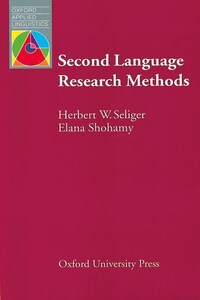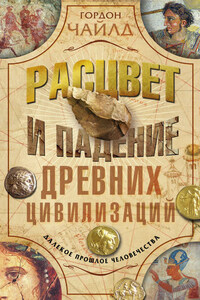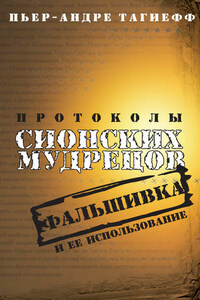Great Clarendon Street, Oxford OX2 6DP
Oxford University Press is a department of the University of Oxford. It furthers the University’s objective of excellence in research, scholarship, and education by publishing worldwide in
Oxford New York
Auckland Cape Town Dar es Salaam Hong Kong Karachi Kuala Lumpur Madrid Melbourne Mexico City Nairobi New Delhi Shanghai Taipei Toronto
With offices in
Argentina Austria Brazil Chile Czech Republic France Greece Guatemala Hungary Italy Japan Poland Portugal Singapore South Korea Switzerland Thailand Turkey Ukraine Vietnam
OXFORD and OXFORD ENGLISH are registered trade marks of Oxford University Press in the UK and in certain other countries
© Oxford University Press 1989
The moral rights of the author have been asserted
Database right Oxford University Press (maker)
First published 1989
2015 2014 2013 2012
15 14 13 12
No unauthorized photocopying
All rights reserved. No part of this publication may be reproduced, stored in a retrieval system, or transmitted, in any form or by any means, without the prior permission in writing of Oxford University Press, or as expressly permitted by law, or under terms agreed with the appropriate reprographics rights organization. Enquiries concerning reproduction outside the scope of the above should be sent to the ELT Rights Department, Oxford University Press, at the address above
You must not circulate this book in any other binding or cover and you must impose this same condition on any acquirer
Any websites referred to in this publication are in the public domain and their addresses are provided by Oxford University Press for information only. Oxford University Press disclaims any responsibility for the content
ISBN 978 0 19 437067 7
Typeset in 10 on 12 Sabon by Hope Services (Abingdon) Ltd, UK
Printed in China
We wish to thank our respective families for suffering through the birth pangs of this book. We hope they will regard the result as worth the effort.
We would also like to thank our students, who have responded to much of this material and who have taught us much about the problems encountered in the first stages of carrying out research. Finally, we wish to acknowledge the contribution of our fellow second language researchers. May we all continue to learn from each other.
What this book is about
It is evident to anyone reading research in second language acquisition, that the field is inter-disciplinary. The study of second language acquisition can be linguistic, psycholinguistic, sociolinguistic, sociological, psychological, and educational. That is, it draws on a wide number of perspectives about the phenomena of second language as well as the research methodology associated with these different disciplines.
We have tried to give equal focus to a variety of approaches to research in this book but realize that we could not hope to describe all the possible methods or all of the possible types of research. We have, therefore, tried to describe what could be considered paradigmatic types and principles of second language research. The possible designs of research in second language are only limited by the ingenuity of the researcher and the conditions under which the research is being conducted.
The purpose of this book is to introduce the process of carrying out research in second language acquisition and bilingualism. The book is aimed at those who are new to second language research, or who may have done some research without guidance. It is intended for graduate and undergraduate students in courses in research methods and design, specifically in second language acquisition, bilingualism, and applied linguistics.
As the reader of this text gains experience in the process of conducting second language research, he or she will discover that such research is conducted in a wide variety of environments, natural and formal, with subjects of different ages and with a wide variety of goals and underlying theories.
The text discusses second language research from the conception of research questions through the development of research designs, data-gathering procedures and data analysis. However, we have not provided recipes for carrying out research but have taken the approach that if the reader understands the principles involved in the unique and varied conditions of second language research, he or she will be able to analyze a research problem and develop an appropriate methodology and design.
As will be evident from a review of the table of contents, this book does not deal with statistics except in a very limited way in Chapter 9. Statistical procedures should not be confused with the thought that must go into research method and design. We felt at the outset that what is not needed is another book on statistics. Several good texts on statistics are already in existence and we have given a reference list of some of them in the Appendix. Chapter 9 gives an overview of some of the more common data-analysis procedures which are used in second language acquisition but we strongly recommend that anyone intending to pursue second language research acquire a more in-depth knowledge of statistical procedures for research.








